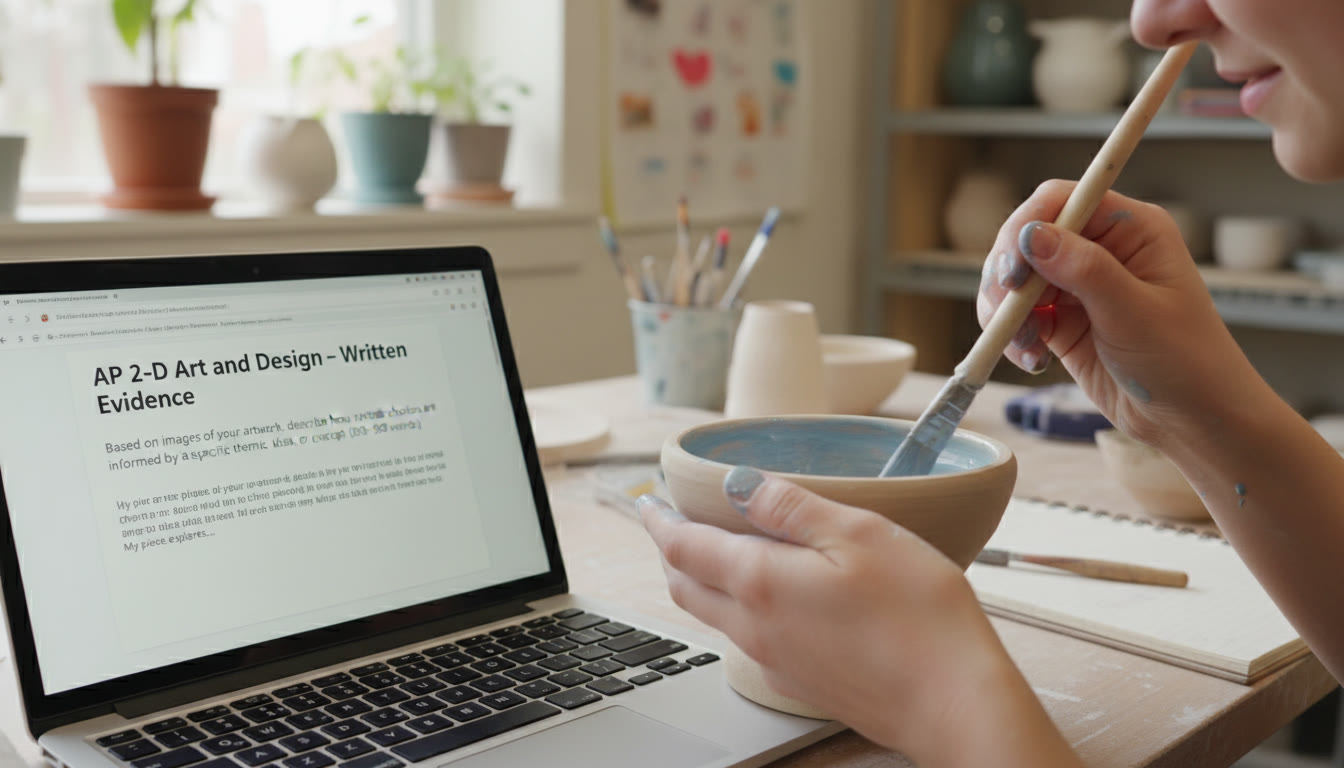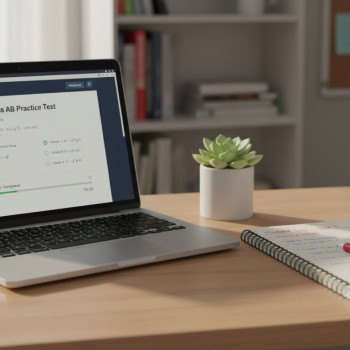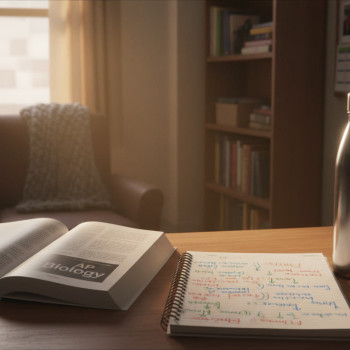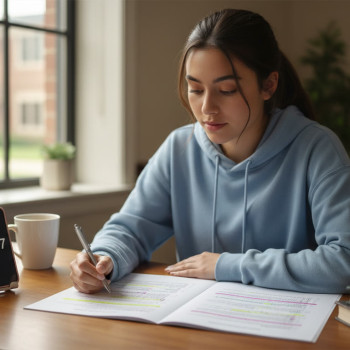Why Your AP Art Portfolio and AP Score Matter—But Not the Whole Story
It’s tempting to treat your AP Art and Design score as a single stamp of approval: a neat badge you can tack onto college applications and résumé lines. But here’s the honest, encouraging truth—while AP results provide formal validation of your skills, the portfolio itself is the real storyteller. Colleges, scholarship panels, and juried exhibits look beyond a single number; they want to see a sustained investigation, technical growth, thoughtful risk-taking, and an artist behind the work.
If you’re preparing to submit your AP portfolio (2-D, 3-D, or Drawing) or want to showcase that work alongside your AP results, this guide walks you through the practical, aesthetic, and strategic steps to make your body of work shine. You’ll find concrete checklists, examples, and a few creative approaches to help your art speak for itself—while keeping everything aligned with College Board’s submission expectations.
Understand the Structure: What the College Board Actually Scores
Start here: the AP Art and Design assessment is split into two major sections—Sustained Investigation and Selected Works. Each has a distinct purpose, and both matter.
Sustained Investigation (60% of score)
This is your argument as an artist: a group of images (typically 15) that document your exploration of an inquiry, process, and response to feedback. It’s not just about finished pieces—process shots, revisions, and written evidence that explain how and why you experimented will strengthen this section.
Selected Works (40% of score)
These are the five works that best demonstrate your technical ability, conceptual clarity, and synthesis of materials and ideas. They can come from your sustained investigation, but they don’t have to. Think of Selected Works as the anchor images you’d put on a personal website or a résumé—works that represent your strongest chops.

Practical Checklist: Preparing Files and Documentation
College Board accepts only digital submissions through the AP Digital Portfolio, and there are simple tech rules to follow. Treat these like the rules for a juried show—observe them carefully so your work is seen clearly and judged fairly.
- File formats: JPEG or PNG in RGB color mode.
- Max file size per image: 4 MB. Plan accordingly when photographing or exporting.
- Image dimensions: at least 480 pixels in any direction for readable detail—bigger is usually better if file size allows.
- Naming convention: avoid personal names; use AP ID and sequence (e.g., APID_1) to match College Board recommendations.
- Deadlines: schools set internal deadlines; the AP Program deadline (for the current exam cycle) is the absolute cut-off—plan ahead.
Quick Tip: Photographing Your Work
Natural, even lighting and a neutral background will show color and texture best. Use a tripod or steady surface, shoot at a perpendicular angle to the artwork, and include a close-up or process detail when texture or surface treatment is important.
How to Select Images: The Curator’s Mindset
Selection is an act of storytelling. Imagine a viewer who spends only a minute with your portfolio—what sequence would give them a sense of your intellectual curiosity, craft, and voice?
Questions to Ask When Choosing Images
- Does this work reveal a development in technique or idea? (If yes, include it.)
- Would removing this piece strengthen the overall narrative?
- Are the images diverse in media or approach but unified by concept or inquiry?
- Do you have evidence of iteration—sketches, revisions, test pieces—that show growth?
As you narrow down, balance clarity (strong, interpretable works) with risk (pieces that push boundaries). The AP readers are trained to look for evidence of a sustained investigation, so pieces that document experimentation and revision often score highly.
Writing About Your Work: The Power of Concise, Honest Statements
Your written evidence isn’t an art-history essay; it’s a compact, authentic reflection. The College Board asks about your inquiry and how your investigation developed through experimentation and revision. Use concrete examples and keep it readable.
Structure for Strong Written Responses
- One-sentence thesis about your inquiry (What question or drive guided the work?).
- Two brief examples of experimentation (materials tried, surprising results, what you learned).
- One sentence on revision—how feedback or failure reshaped the work.
Example (short): “I explored urban memory through diluted ink washes on found ledger paper. Early attempts were overly literal; after experimenting with abrasion and tone, I used negative space to evoke absence. Feedback encouraged scale shifts, which improved the work’s emotional distance.” Keep it honest; specificity matters more than flourish.
When and How to Mention Your AP Score in Portfolios or Applications
AP scores can be useful context—especially if you received a 4 or 5, which signals college-level accomplishment. But don’t let the score overshadow the work. Use it as a supporting data point, not the headline.
- On college applications: include AP scores in the academic section where appropriate; in arts supplements, let images take center stage and use a brief line in your résumé or cover letter like “AP Art and Design, Score: 4 (Portfolio Submitted).”
- In exhibitions or scholarship applications: list the AP portfolio as part of your qualifications; highlight technique and inquiry first, score second.
- If your AP score is lower than you hoped: emphasize learning and growth. Admissions readers value recovery stories and intellectual curiosity.
Presenting Your Portfolio Online and In-Person
Whether you’re building a Behance-like gallery, a PDF for admissions, or printing a physical mini-portfolio for interviews, consistency and context matter.
Digital Presentation Tips
- Sequence images to mirror your Sustained Investigation narrative: start with an evocative entry image and end with a strong, conclusive piece.
- Label images clearly with titles, medium, dimensions, and brief captions that echo your written evidence.
- Provide a short artist statement (3–6 sentences) that frames your inquiry; use it across platforms for consistency.
Physical Presentation Tips
- If you need to show prints, ensure color accuracy with test prints and neutral lighting.
- Carry a simple, elegant portfolio folder with your top five Selected Works printed or mounted.
- Always have a USB or tablet-ready folder of your digital portfolio for quick sharing.
Table: AP Art and Design Submission Essentials at a Glance
| Item | What to Submit | Recommended Best Practice |
|---|---|---|
| Sustained Investigation | 15 images + Written Evidence | Include process, revisions, and a clear inquiry statement showing development |
| Selected Works | 5 images of final works (10 images for 3-D: 2 views each) | Choose technically skilled, conceptually strong pieces—these are your anchor images |
| Image Specs | JPEG or PNG, RGB, <= 4 MB, >= 480 px | Photograph in neutral light; include detail shots when texture matters |
| Submission Method | AP Digital Portfolio | Follow school deadlines; confirm your AP coordinator ordered your exam |
| Integrity | Art must be original; cite preexisting sources | Complete the Artistic Integrity Agreement honestly |
Storytelling Strategies: Sequencing and Rhythm
Think of your portfolio like a short film or a mini-exhibit. Rhythm matters—alternate denser works with lighter pieces, use shifts in scale and color to create contrast, and place a surprising or revelatory piece where it will change a viewer’s impression (often around the sixth to tenth image in a longer sequence).
A good mental model: lead with curiosity, develop conflict through experimentation, and resolve with evidence of mastery or insight. This arc helps AP readers see intention and development, not just a collection of nice things.
How to Use AP Feedback and Scores to Improve (and Market) Your Work
When scores and reader comments arrive, treat them as targeted feedback from experienced studio educators. Even a high score usually comes with suggestions—use those to revise, expand, and update your portfolio for college or competitions.
If you’re working with a tutor or mentor, they can help translate reader language into actionable studio changes. For students who want structured support, Sparkl’s personalized tutoring offers 1-on-1 guidance, tailored study plans, and expert tutors who can help refine both the visual and written elements of your AP submission. An outside perspective can reveal patterns you’re too close to notice and help you turn feedback into a revision roadmap.
Common Mistakes to Avoid
- Submitting only finished works—AP readers want to see process and development.
- Ignoring technical specs—file format and size oversights can cause avoidable problems.
- Including too many similar images—variety of approach strengthens the narrative.
- Over-explaining in captions—let the work breathe; use concise supporting text.
- Waiting until the last minute—digital uploads often have quirks; test early and often.
Real-World Examples and Mini Case Studies
Example 1: A student investigating identity used a sequence of monotype prints, process photos of layered stencils, and a final collage. The Sustained Investigation showed iterations where color choices changed the emotional tone; the Selected Works included a print series with strong compositional unity. The written evidence explained how experimental mark-making led to a breakthrough in expressing layered identity.
Example 2: Another student working in ceramics documented clay tests, glaze experiments, and kiln failures alongside final forms. The narrative emphasized problem solving and material mastery; Selected Works showcased technical control and conceptual clarity about function versus sculpture.
Both students used concise captions and matched sequence to argument—these are the features AP readers often flag as indicators of strong portfolios.

Using Your Portfolio Beyond AP: Admissions, Scholarships, and Exhibitions
Your AP portfolio is an asset that extends well beyond the score. It can populate a college arts supplement, inform interview talking points, or be refined into an online gallery for scholarship reviewers.
- Admissions supplements: tailor the Selected Works to the program’s focus—if applying to a design program, emphasize design-thinking and process.
- Scholarships and contests: craft a specific narrative for each application; sometimes a smaller, tightly curated selection of works performs better than the full AP set.
- Exhibitions: print or frame your strongest pieces; curate with a clear statement and an emphasis on cohesion.
Final Checklist: Two Weeks Before Submission
- Confirm AP exam order with your AP coordinator and that your portfolio is linked to your AP ID.
- Double-check image formats, file sizes, and naming conventions.
- Have a friend or mentor review your sequence and written evidence for clarity and tone.
- Test uploads from the computer or device you’ll use for the final submission; don’t rely on your phone at the last minute.
- Back up original high-resolution images and a copy of your written statements.
Closing Thoughts: Make Work That Wants to Be Looked At
The best portfolios are generous: they give viewers enough context to understand risk, curiosity, and growth. Don’t be afraid of showing failures if they led to important discoveries—those are often the most compelling pages in the story of your practice.
If you feel stuck at any point, reach out for targeted help. Sparkl’s personalized tutoring and expert feedback can help you refine selection, clarify written evidence, and prepare upload-ready images. Whether you’re polishing a final edit or strategizing how to present AP scores alongside your work, a little outside perspective can make a big difference.
At the end of the day, your portfolio is yours—let it reflect not only what you can do, but who you are as a maker. Approach the process with curiosity, care, and clear communication, and whatever your AP score, you’ll have a lasting piece of creative evidence to carry forward into college studios, scholarships, and exhibitions.
Need a Quick Resource List?
- AP Digital Portfolio checklist (image specs and submission steps)
- Teacher or AP coordinator submission timeline
- Template for concise written evidence and artist statements
- Checklist for photographing artwork—lighting, background, and detail shots
Parting Encouragement
Preparing an AP portfolio is a marathon and a creative sprint at the same time. Pace yourself, prioritize telling a clear visual story, and use available supports—mentors, tutors, and organized workflows—to turn good work into a memorable, professional presentation. You’ve already done the hard part: making the art. Now shape the narrative so the world can see the thinking, risk, and revision behind it.
























No Comments
Leave a comment Cancel